“Any sufficiently advanced technology is indistinguishable from magic.”
Sir Arthur C. Clarke
When I was a student, I used to spend hours at Blockbuster, looking for a movie to rent. The monster company had branches all over the city; no one could believe it would collapse a few years later.
It did not collapse because of bad marketing or unpopular movies: the owners did not ride the wave of new technologies. At the end of the 90s, a shy competitor arose, taking the risk of adopting new technologies others did not want: Netflix. The now gigantic company, synonymous with TV series and movies, started by implementing the DVD and the Internet and, alongside, new ways of operating. For some years, Blockbuster continued to be number one, and Netflix had a hard time keeping its accounting book positive, but time proved Netflix was right.
New technologies disrupt life as we know it
New technologies can alter the way industries and businesses operate and relate to their customers. When the customers recognize technologies as superior in attributes and find them comfortable to use, these new technologies may sweep away habits and become disruptive.
Disruptive technologies have the power to transform markets, citizens’ ways of living, and even entire cities. Being creators of such paradigms, they are the focus of discussion on the emergence of smart cities worldwide.
But the smart city idea does not merely include fantastic innovations and amazing gadgets. Smart cities must also improve security, sustainability, and lower greenhouse emissions and pollution. Smart solutions should enhance the community’s quality of life: from regulating the traffic to fighting crime assisted by big data and the Internet of Things.
While disrupting technologies emerge organically, achieving community goals involves implementing strategies to make the most of innovations. It is necessary to find new forms of participation and understanding in an ecosystem where physical and digital infrastructure systemically co-exist with human capital. One critical dimension to address is citizenship education closing the so-called “digital skill gap.”
Smart by Design project
Co-funded by the European Commission Erasmus+ Programme, the Smart by Design (short for Smart Technologies by Design) project aims to help close the digital skill gap by developing competencies for managers and owners of small- and medium-sized enterprises, and vocational education trainers.
The output comprises a platform for training with materials and tools following a map of digital disruptive technologies and a toolkit with business models.
Smart by Design is a multidisciplinary partnership project where twelve organizations from Bulgaria, Romania, Spain, and the Netherlands converge [ref]
Partners of the Erasmus+ project Smart Technologies by Design
- The Transilvania Branch of the Romanian Association for Electronic Industry and Software (ARIES) based in Cluj-Napoca, Romania.
- The regional cluster GAIA.
- University of Library Studies and Information Technologies and The ”Knowledge, Innovation and Strategies Management Club” (KISMC) is a Bulgarian NGO.
- Deusto University, Bilbao, Spain.
- United Academics Foundation, Amsterdam, The Netherlands.
[/ref] —pushing forward the city of the future.
Map of smart solutions
The Smart by Design project specifically addresses four key innovation technology areas: artificial intelligence and data technologies, the Internet of Things, cybersecurity, and visual intelligence.
Artificial intelligence and data technologies
Artificial intelligence is a set of algorithms that empowers machines to learn from experiences, solve problems, and perform tasks commonly associated with intelligent beings. It combines computer science and large datasets, which entails an unprecedented power, as warned by Cathy O’Neil in her book Weapons of Math Destruction.
Artificial intelligence spans a significant range of potential applications that communities might leverage, such as:
- Self-driving cars, trucks, and public transport;
- Logistics and supply chain organized by intelligent machines;
- Smart public and private exterior lights for security, which anticipate the dynamics of the streets and homes;
- Smart homes for people with disabilities or the elderly, so they can live by themselves safely;
- Workplace management.
Big data science
Data science is as old as experimental sciences: analyzing data has always been part of the scientific method. The math associated with data management and interpretation has evolved over time. In the last century, the information age sneaked in, unleashing the production of unprecedented amounts of data, pushing forward the creation of new methods—including the heavy use of AI—to deal with them.
Not only do traditional research institutions analyze large amounts of data but also companies, banks, governments, and all kinds of organizations are starting to use this scientific tool. Data science enables companies to draw conclusions that might affect their business and adopt strategies that could help improve their turnover. It helps governments strengthen national security or make traffic more efficient.
Internet of Things
The Internet of Things is the network of devices—“things”—exchanging data using the internet. These devices range from ordinary household equipment to sophisticated industrial machines with minimal human intervention.
From washing machines that you can control from your office with your smartphone to your car’s GPS receiving information about the traffic and proposing a better route, these systems collect tons of data communities might use to improve living conditions.
Cybersecurity
Cyberspace created a new social dimension. Nowadays, a great deal of information from citizens and enterprises—such as medical records, banking information, and purchases—is transmitted and stored online. Communities should develop and enforce policies to protect the citizen’s privacy.
Cybersecurity combines advanced technologies and human resources to prevent, detect, and remediate various forms of digital attacks.
Blockchain
Blockchain is a technology that facilitates transactions in a business network with high levels of security standards. In principle, it represents an incorruptible digital ledger that can be programmed to record virtually everything of value. The transactions may involve tangible assets such as cars, houses, and land or intangible assets such as patents, branding, and copyrights.
The associated relevant data are stored in cryptographic blocks, which are interconnected in a sequence, creating a chain of data blocks, giving the name to the technology. One of the most popular uses of the blockchain is in cryptocurrencies like bitcoin.
Visual intelligence
Visual intelligence comprises virtual reality and augmented reality. While virtual reality creates an artificial new environment for the user, augmented reality combines physical with virtual experiences. It enhances the natural environment by superimposing computer-generated images over a user’s picture of the real world.
The future lies in the present
Smart cities are booming: whether we like it or not, disrupting technologies will change the way we live—and even who we are—forever. What we really can do is observe their process and make the most of them as citizens, organizations, and communities.
References
Franssen, Maarten and Lokhorst, Gert-Jan and van de Poel, Ibo. (2018). Philosophy of Technology, The Stanford Encyclopedia of Philosophy. Editor Edward N. Zalta. Metaphysics Research Lab, Stanford University, USA.
Khelifi, Fekher & Bradai, A. & Benslimane, Abderrahim & Rawat, Priyanka & Atri, Mohamed. (2019). A Survey of Localization Systems in Internet of Things. Mobile Networks and Applications. 24. 10.1007/s11036-018-1090-3.
Cover illustration by Dana Dumea
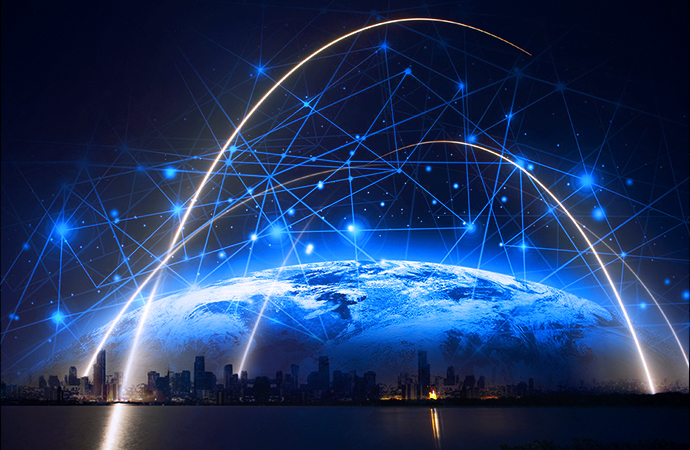
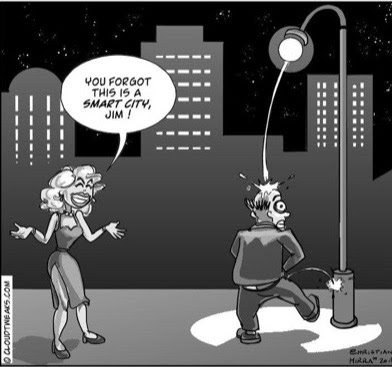
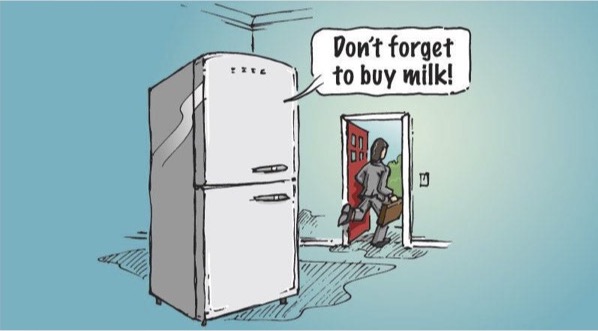
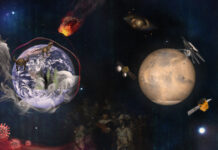

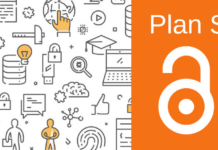

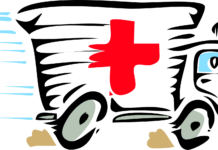
[…] post Erasmus+ Project Helps Close Digital Skill Gap first appeared on United Academics […]